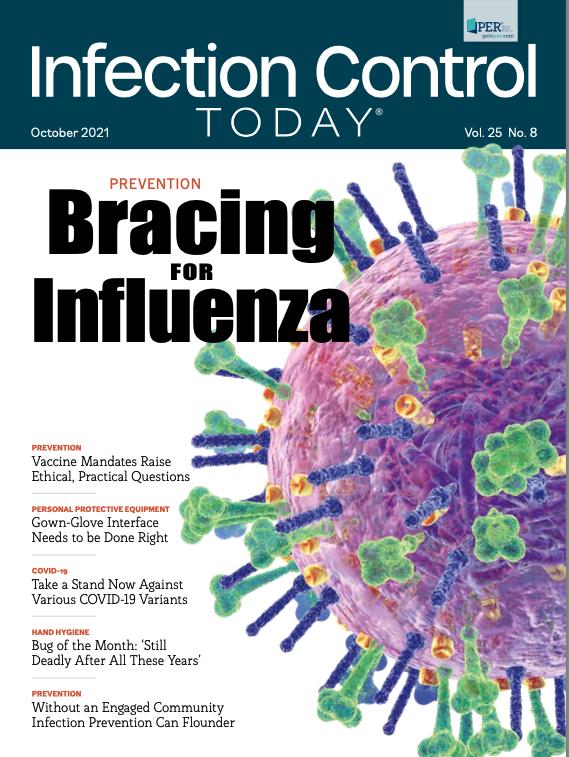Hospital Administrators Should Tap Infection Preventionist HAI Data
Ann Scheck McAlearney, ScD, MS: “Infection preventionists … can provide managers with the guidance provided by this type of research, as well as the data to support infection prevention efforts….”
In terms of tracking and containing health care-acquired infections (HAIs), infection preventionists (IPs) might not be considered management, but hospital administrators would be wise to lean on IPs in the never-ending battle against HAIs. Ann Scheck McAlearney, ScD, MS, is the lead author of a recent study1 that discusses the need for hospital management to get more involved in HAI control. A distinguished professor of family and community medicine at Ohio State University College of Medicine in Columbus, McAlearney recently offered advice in an email exchange with ICT® on how hospitals can become high-
performing organizations.
ICT®:The management strategies outlined in the study for hospital managers to better help infection prevention seem to be somewhat common sense, yet hospitals’ problems with hand hygiene adherence and HAIs indicate that those management techniques aren’t used enough. Is that a fair assumption?
McAlearney: Yes, indeed. The real challenge with these strategies is getting people to do the right thing 100% of the time. If we can help managers make it easier for everyone to do the right thing, then we can succeed with infection prevention.
Why did you decide to conduct the study?
McAlearney: My background is in management and leadership, and one of the studies I was leading some time ago looked at what are called high-performance work practices in health care organizations. We were looking for things that higher-performing organizations did well and might not be present (or as consistently done) in lower-performing organizations. I was interested in translating this research into the area of infection prevention, and this led to additional study of hospitals’ HAI prevention practices. Examining those practices among higher- and lower-performing hospitals in central line–associated bloodstream infection performance led to the creation of a list of management strategies that we have been elaborating on in our current study. Funded by the Agency for Healthcare Research and Quality, this study is called Searching for management approaches to reduce HAI transmission (SMART).”
What surprised you the most about your findings?
McAlearney: Perhaps not a surprise but a great thing to emphasize is that everyone really wants to do the right thing around infection prevention. No one wants patients to get infections, and they are genuinely eager for additional insight about how to address this challenge in health care.
Does it help that the Centers for Disease Control and Prevention has targeted HAIs as a problem that must be addressed?
McAlearney: Absolutely. As HAI data must be submitted by hospitals, this makes hospitals very motivated to improve their numbers and prevent infections.
Our core readership comprises IPs. What role might they play here?
McAlearney: IPs clearly play a critical role in HAI prevention. In this context, they would not necessarily be considered management, but they can provide managers with the guidance provided by this type of research, as well as the data to support infection prevention efforts and tools to help with education and reeducation of staff as needed.
Is there anything that you would like to add?
McAlearney: In addition to articles such as this one, an important product we are developing as part of this study is an HAI prevention tool kit. The SMART Toolkit will be made publicly available on a website and will include resources (eg, PowerPoint presentations, education exercises, case studies) that managers and frontline staff can use to enhance their infection prevention efforts. There will also be a benchmarking survey that will be available on the website that hospitals can distribute to their employees to see how infection prevention is going in their own organization. The SMART Toolkit is currently scheduled to debut in 2022.
REFERENCE:
1. McAlearney AS, Gaughan AA, DePuccio MJ, MacEwan SR, Hebert C, Walker DM. Management practices for leaders to promote infection prevention: lessons from a qualitative study. Am J Infect Control. 2021;49(5):536-541. doi:10.1016/j.ajic.2020.09.001
